The Australian government is funding half of a $3 million (US$2.2 million) study to assess whether its largest coal port could become a gateway to the nation’s global hydrogen export ambitions.
The study will consider the best location for hydrogen infrastructure in the Port of Newcastle in the Hunter Valley of New South Wales—a bustling region home to vast coal mining and electricity generation industries, including six coal-fired power stations that help power the nation’s most populous state.
The port itself—half-owned by Chinese state investment group, China Merchants Port Holdings—oversees the movement of 164 million tonnes of cargo each year across a total of 4,400 ships, which includes coal shipments that have continued to fuel Australia’s export economy.
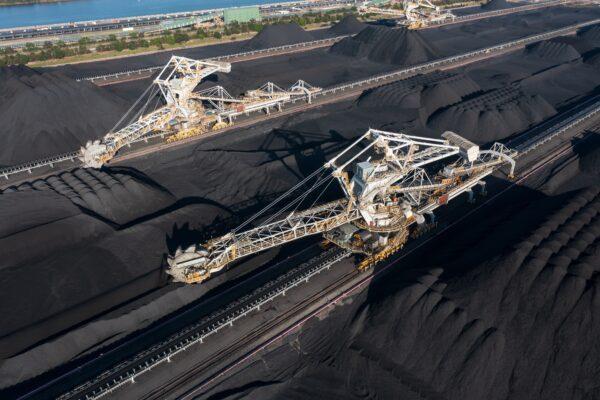
Federal Energy and Emissions Minister Angus Taylor presented estimates of the scope of the hydrogen industry, which he said could generate more than $50 billion in additional GDP by 2050, particularly given rising international demand for the resource from Australia’s close Asian partners of Japan and Korea.
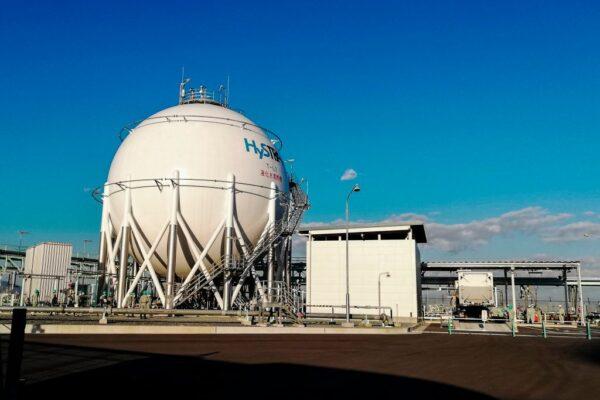
Prior to attending COP26, the 26th United Nations climate summit, Prime Minister Scott Morrison announced the nation would now be targeting 2050 as the year to achieve net zero emissions.
At the forefront of the plan lies the federal government’s Technology Investment Roadmap which will see $1.2 billion invested into hydrogen, one of several key pathways aiming to reduce emissions across industries.
Hydrogen has been heralded as a key solution to many emissions-intensive industries, including energy exports and transport, given its absence of carbon dioxide emissions once burned.
The project will focus on generating “clean hydrogen” created using “electrolysis”—a process involving sending an electrical current, generated via renewable energy, through water to generate hydrogen and oxygen gas.

In particular, the feasibility study will investigate the potential for a 40 MW (megawatt) electrolyser, which would be four times bigger than the current largest in the world.
Morrison had previously outlined a “technology, not taxes” approach to developing new low-emissions tech, with $20 billion already committed to six key areas: clean hydrogen, energy storage, low emissions steel and aluminium, carbon capture and storage, soil carbon, and low cost solar.
The push for hydrogen and other low-emissions technologies has become one of Australia’s central focuses on reaching net zero whilst also addressing global emissions.
Morrison had previously pointed out that Australia’s global emissions of around 1 percent paled in comparison to those produced by some nations around the world, such as China.
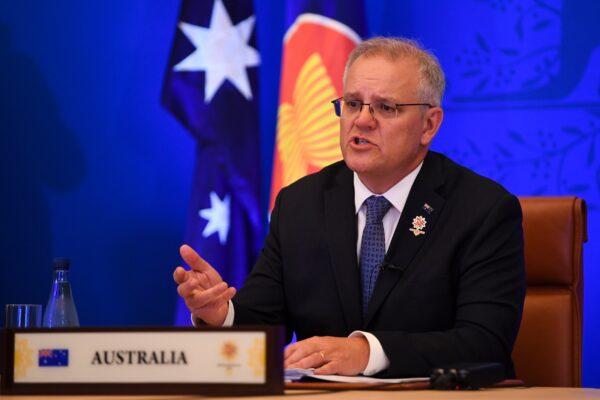
“These five priority technologies will either eliminate or substantially reduce emissions across sectors responsible for 90 percent of the world’s emissions,” Morrison said.
“To achieve net zero and help avoid catastrophic climate change, the federal government must take rapid and concrete steps to cut emissions deeply this decade, starting with an end to all new coal or gas projects.”
The Climate Council has recommended Australia reduce emissions by 75 percent (below 2005 levels by 2030), a target less strict than groups such as the Extinction Rebellion who have demanded Australia stop all fossil fuel use and emissions immediately.
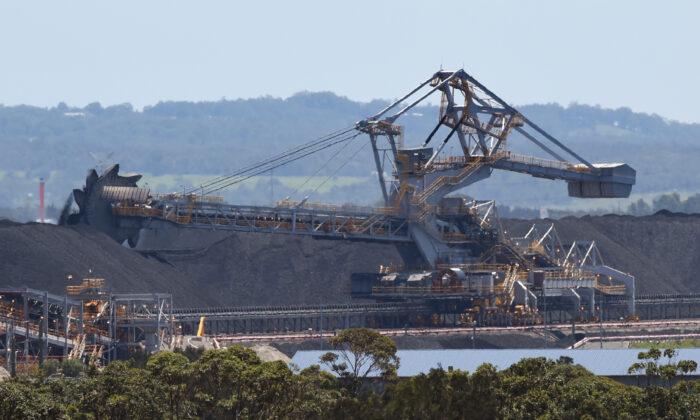



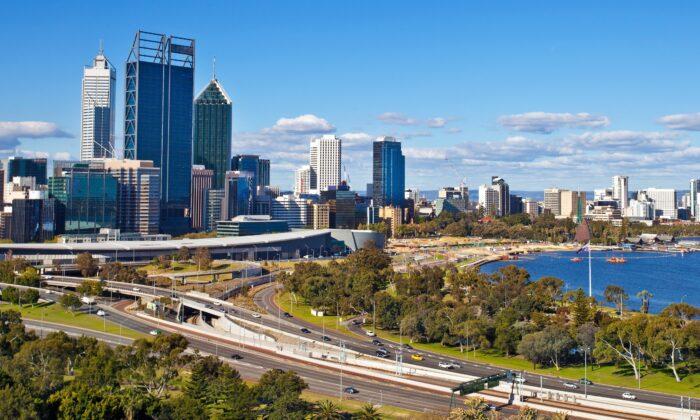

Friends Read Free